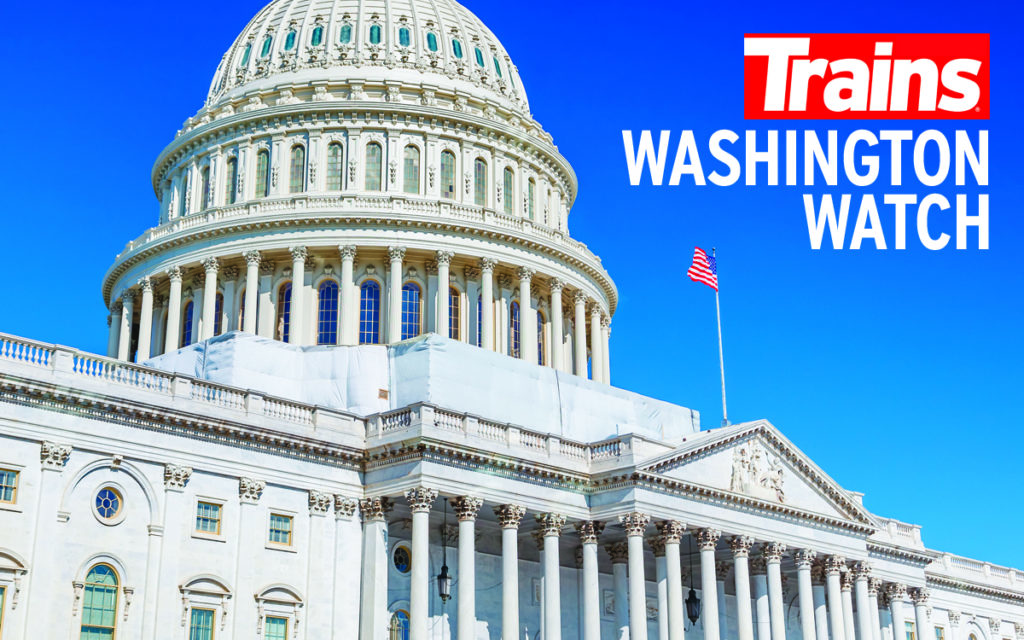
WASHINGTON — The Surface Transportation Board today announced that it will permit informal discussions with stakeholders on the Board’s proposed rule in Final Offer Rate Review, Docket No. EP 755 and comments received in that docket regarding arbitration and other rate review options for smaller cases. The Board is waiving the general prohibition on ex […]
Read More…
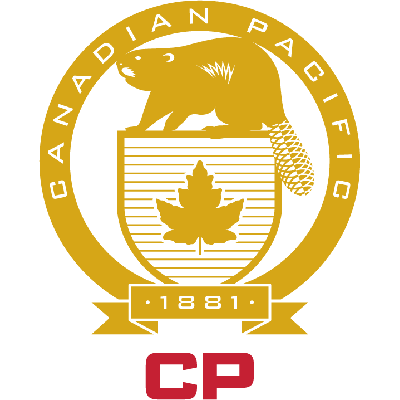
More Thursday rail news in brief: — Canadian Pacific will expand use of Automated Train Brake Effectiveness testing in the wake of call from the Transportation Safety Board of Canada for better brake tests, a call stemming from the fatal 2019 derailment of a CP train near Field, B.C. The Calgary Herald reports that the […]
Read More…
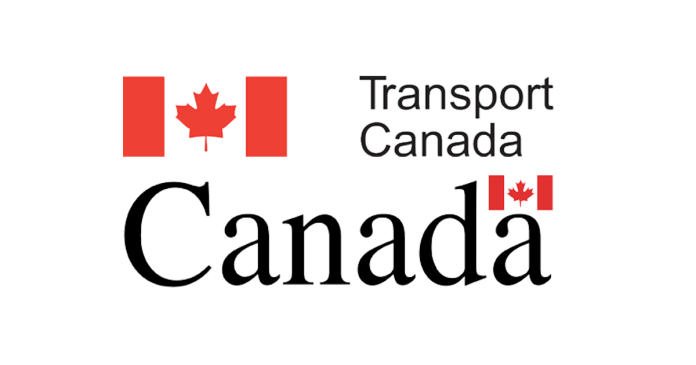
Still more Wednesday rail news: — Canada’s Transportation Safety Board is seeking a better way to test train air brakes as a result of the 2019 derailment of a Canadian Pacific train near Field, B.C., that killed three crew members. The crewmen were killed when the train ran away on Kicking Horse Pass, derailing two […]
Read More…
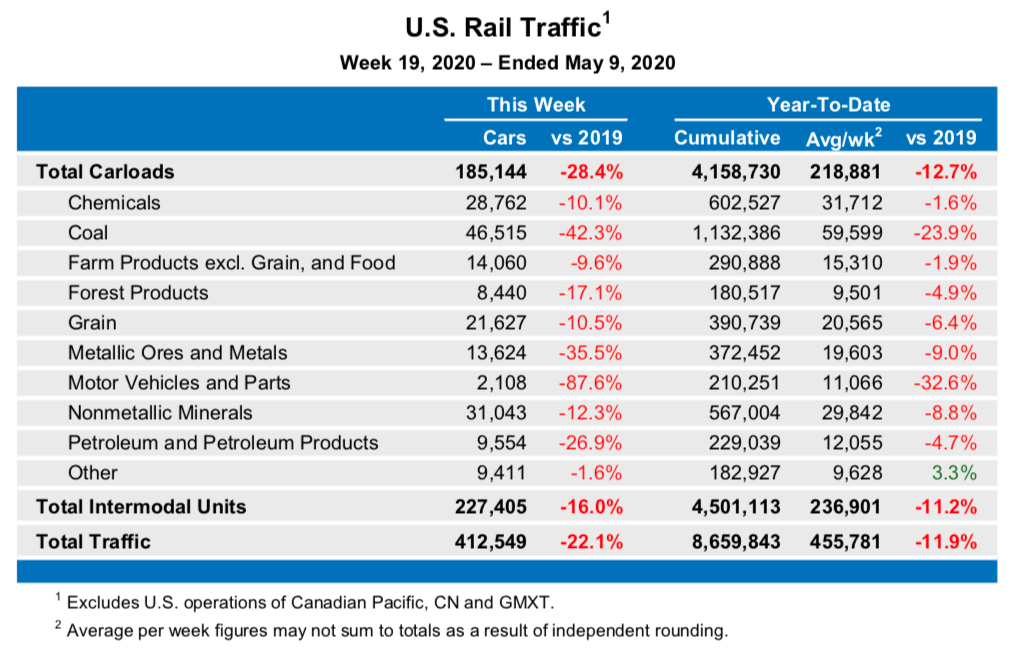
U.S. rail traffic for commodity groups by carload and intermodal load for the week ended May 9, 2020 Association of American Railroads WASHINGTON — The Association of American Railroads today reported U.S. rail traffic for the week ending May 9, 2020. For this week, total U.S. weekly rail traffic was 412,549 carloads and intermodal units, […]
Read More…
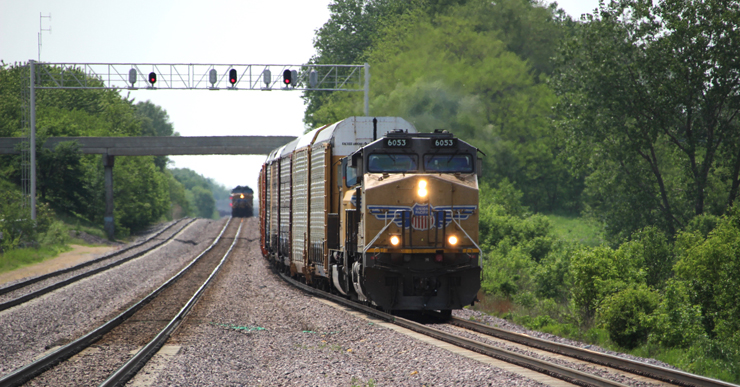
A Union Pacific train of auto racks approaches the La Fox, Ill., Metra station. Railroads will welcome the return of auto production after a shutdown because of the COVID-19 outbreak. TRAINS: David Lassen The reopening of auto assembly plants across North America this month will give rail traffic a slight boost, railroad executives said at […]
Read More…
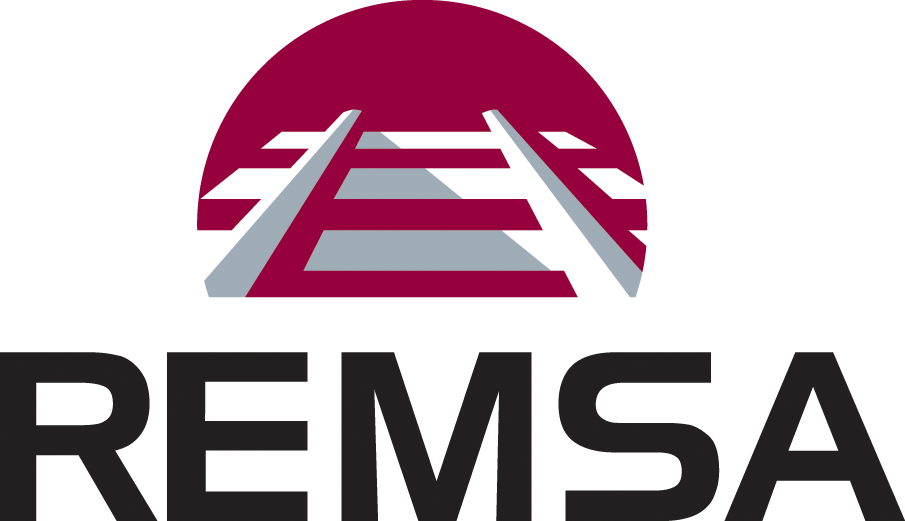
WASHINGTON — The Railway Engineering-Maintenance Suppliers Association is excited to announce its 2020 Undergraduate Scholarship Program. This year REMSA is awarding one President’s Scholarship in the amount of $7,500 as well as one $5,000 runner-up scholarship, and one individual scholarship at $2,500. The deadline for submitting applications is Friday, May 29, 2020. Please note due […]
Read More…
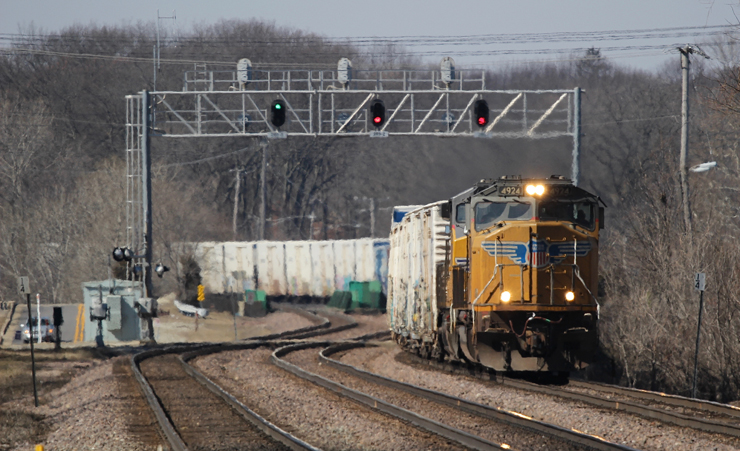
OMAHA, Neb. — Union Pacific has pulled the plug on its innovative Cold Connect reefer service, which the railroad had touted as a way to return long-lost perishables business to the rails. The service linked growers in California and the Pacific Northwest with consumers in the Northeast and New England via a mammoth refrigerated warehouse […]
Read More…

Still more Thursday rail news: — BNSF Railway will close two facilities in Wyoming, laying off 122 workers, in part reflecting the declining market for coal. The Casper Star-Tribune reports the railroad will close its Guernsey shops in June and its Donkey Creek facility in July. “Similar to the size of our train, yard and […]
Read More…

More Thursday morning rail news: — BNSF Railway will close its Glendive, Mont., diesel shop and is also laying off workers in Topeka, Kan. KXGN-TV is reporting that, in a letter to employees, BNSF’s Gary Grissum, vice president of mechanical, told affected shop employees in a letter that the closure reflected the current business environment […]
Read More…
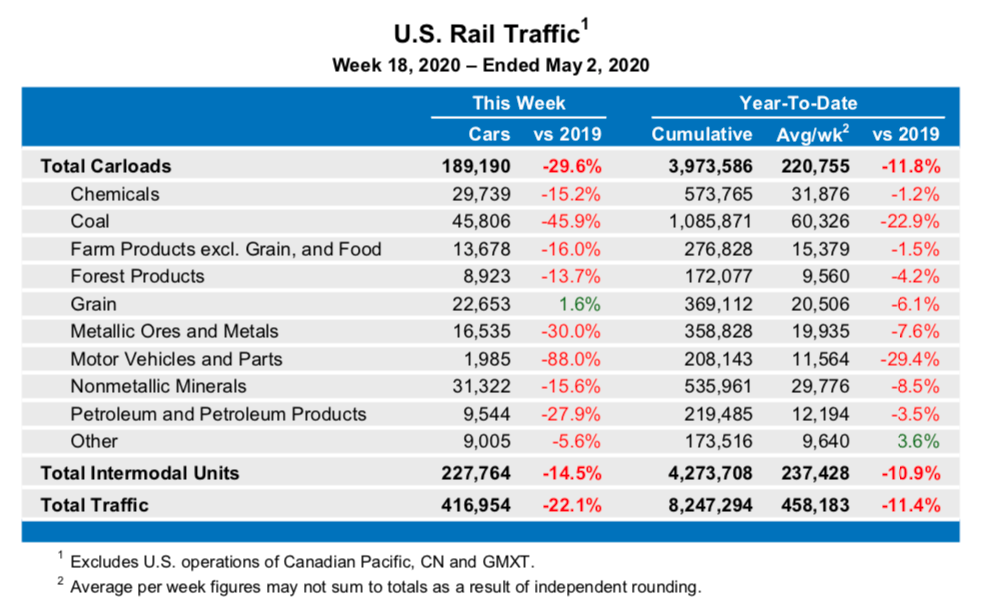
Table of US rail traffic commodities and intermodal for the week ended May 2, 2020 Association of American Railroads WASHINGTON — The Association of American Railroads today reported U.S. rail traffic for the week ending May 2, 2020, as well as volumes for April 2020. U.S. railroads originated 980,535 carloads in April 2020, down 25.2%, […]
Read More…
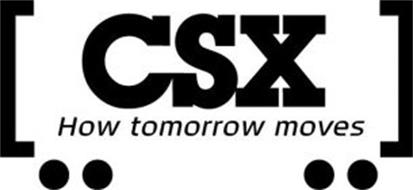
McKEES ROCKS, Pa. — CSX Transportation has closed its Pittsburgh-area intermodal terminal, which opened in September 2017 as the last major element of the National Gateway Initiative double-stack clearance project. CSX touted the terminal’s ability to allow shippers in western Pennsylvania to shift freight from highway to rail. It initially served 40 destinations under the […]
Read More…
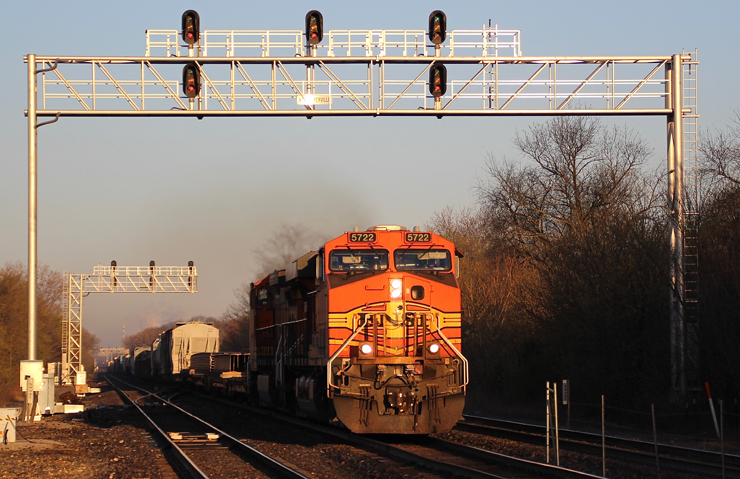
A BNSF manifest freight heads east through Naperville, Ill., on April 20, 2020. BNSF saw first-quarter earnings fall as a result of the coronavirus pandemic. TRAINS: David Lassen OMAHA, Neb. — BNSF Railway’s first-quarter revenue and profits declined as traffic volumes sank due to the COVID-19 pandemic, the railroad’s parent company, Berkshire Hathaway, reported on […]
Read More…











